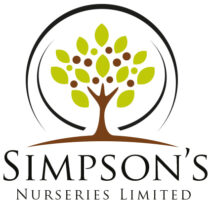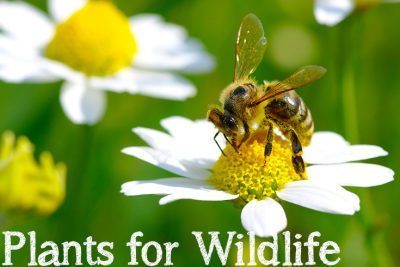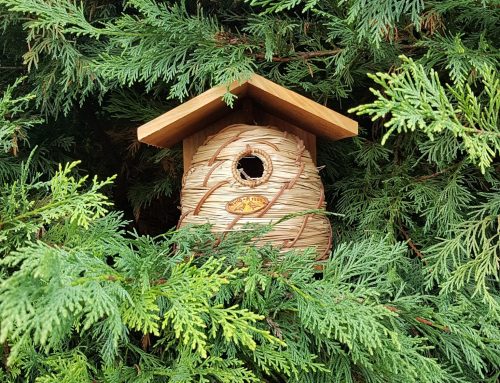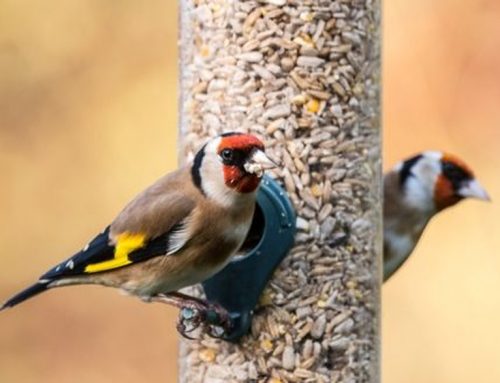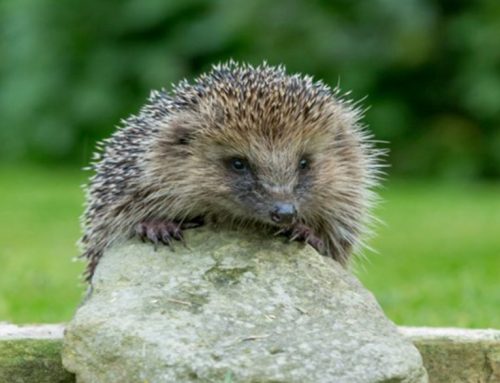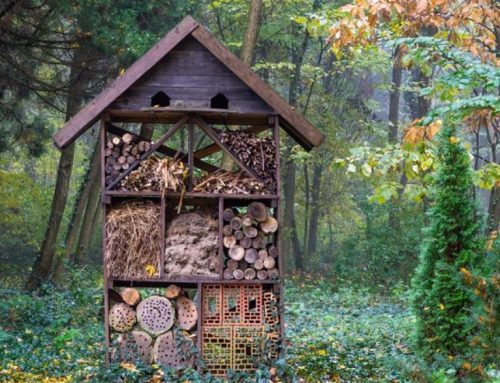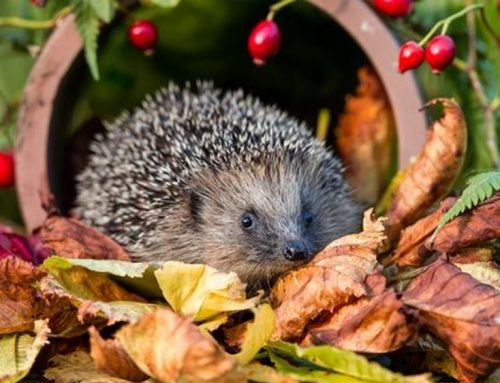The Fens, Brecklands, woods and chalk grasslands of East Anglia are rich and diverse habitats holding many species: from roe deer to raft spiders, bitterns to butterflies. Just because you are likely to have only butterflies of these four, it doesn’t mean you can’t attract further interesting creatures to your garden. Some may be there already!
Because so many countryside ponds have been filled in, finding space for a pond in your garden would provide a refuge and attract more wildlife than any other feature in your garden. However small it should have varying depths of water and gently shelving sides to allow access for frogs and toads.
Steep sides are a death trap for hedgehogs while shallow water allows birds to drink and bathe. Native species of plants are best but they can be very vigorous so care needs to be taken with the planting scheme. An amazing range of tiny animals live amongst the submerged plants. The larvae of certain insects prowl around this underwater forest for several years before climbing onto the marginal plants where they turn into dragonflies and damselflies.
Encouraging wildlife is a good excuse for not being too tidy around the garden! A patch of longer grass can attract grasshoppers and bush crickets. Listen out for their calls on a warm summer’s day. Similar to a grasshopper but with longer antennae, six species of bush crickets can be found in this area. Don’t cut back perennials until spring as insects hibernate in them and birds feed on the seeds – and don’t forget the much maligned stinging nettle (food plant of several butterflies) and bramble (nectar-rich flowers and juicy fruits) and excellent wildlife plants.
Dense conifers, even dwarf ones, are ideal hibernating sites for ladybirds while brimstone butterflies (the original butter-yellow fly) invariably hibernate in hedera (ivy). Ivy flowers late in the year giving a feast of nectar for insects before they hibernate; the berries ripen in later winter when food is running short for birds and it is good for birds to roost and nest in. Along with holly, it is the food plant of holly blue butterflies.
Nectar-rich plants are good for bees, bumblebees, hoverflies, butterflies and moths, many of which are becoming rare. Without insects there would be nothing to pollinate our crops so they need all the help they can get. Flowers that are particularly strongly scented at night such as lonicera, hesperis and nicotiana are pollinated by moths. 2500 species of moths have been recorded in Britain so there are plenty out there to try and identify! Among them are the quaintly named ‘uncertain’, ‘poplar kitten’, ‘cousin German’ and ‘buttoned snout’.
Although often considered drab creatures of the night, some are truly spectacular. The privet hawkmoth has a pink and black striped body and is the size of a mouse. Its larval food plants are ligustrum (privet) and syringe (lilac) so it is not uncommon to find it in the gardens. Look out for the day-flying hummingbird hawkmoth with its darts between buddleia, verbena or, most commonly, centranthus (red valerian).
